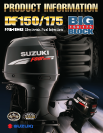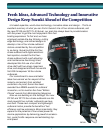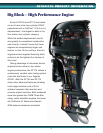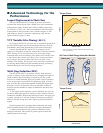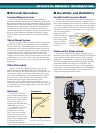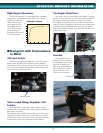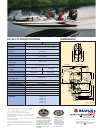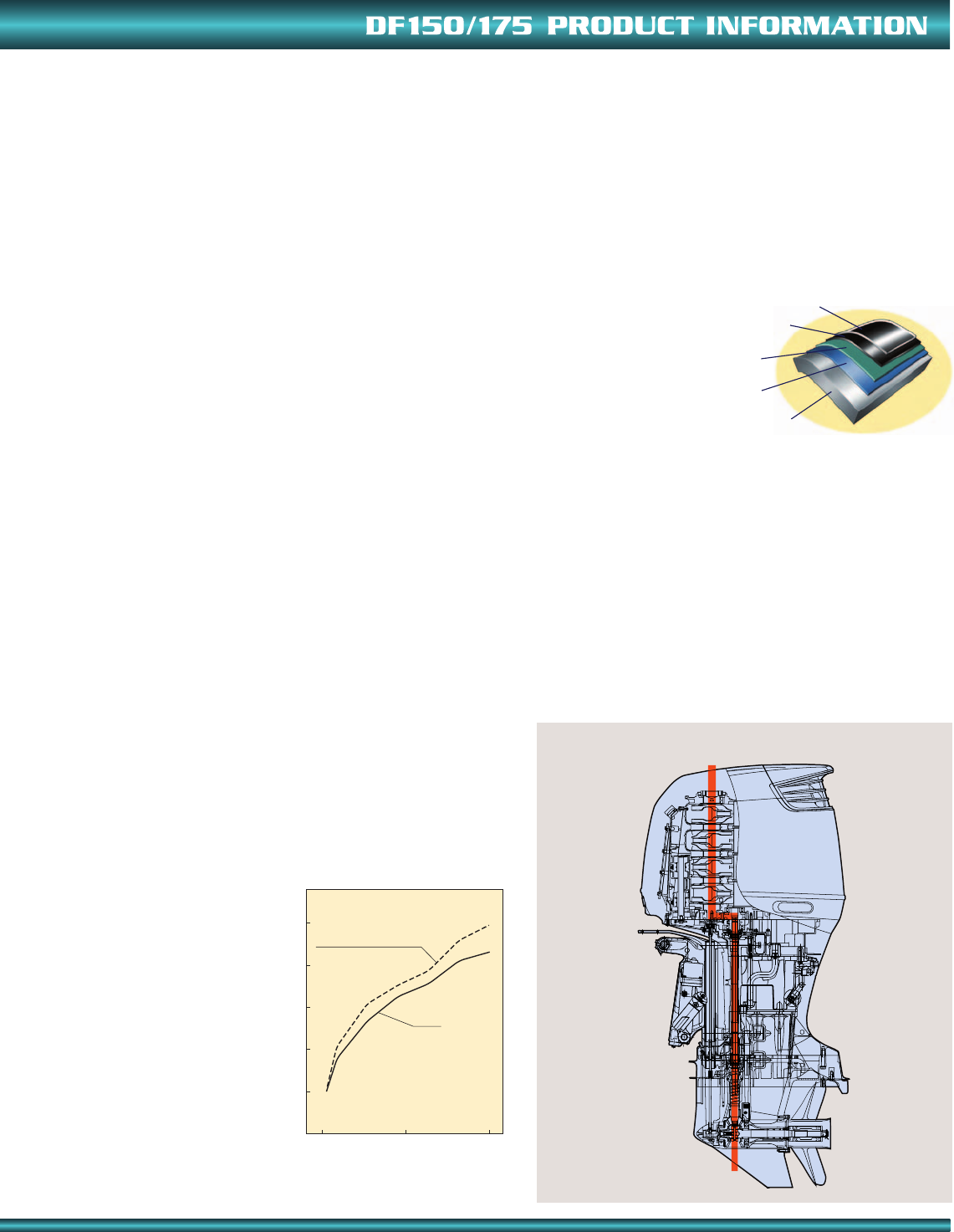
Offset Drive Shaft
4
■ Smooth Operation
Counter Balancer System
In-line four-cylinder engines operating at high RPMs
generate a secondary vibration that is directionally in line with
the pistons’ movement. In order to counter this vibration, Suzuki
engineers utilize a secondary balancer system, which produces a
horizontal motion against pistons’ movement. To produce this
horizontal motion, the balancer is divided into left and right
sections, each rotating in an opposite direction. Rotating at twice
the speed of the crankshaft, the balancers effectively counter
these secondary vibrations and produce a smoother operating
engine.
Thrust Mount System
In order to reduce vibration and provide stable operation,
the DF150 and DF175 use a combination of two different
rubber mount types. On both the upper and lower mounts, a
combination of soft type and high thrust rubber mounts are
utilized. The soft rubber mounts used in this configuration
are designed to absorb vibrations produced in the idling
through 2,000 rpm operating range. While adding to the
compact design and providing an improvement in power and
performance, this system also places the high thrust rubber
mounts in the best position to provide stable operation under
high loads.
Offset Drive Shaft
Suzuki’s offset drive shaft has proven successful in
reduction of size for the DF90, DF115, DF140, DF200,
DF225, and DF250. The DF150 and DF175 benefit from this
same design, which positions the crankshaft in front of the
drive shaft, simultaneously moving the outboard’s center of
gravity forward. While adding to the compactness of the
outboard and providing an improvement in power
performance, this system also places the engine’s axis of
inertia, the point where vibrations produced by the engine are
at a minimum, up over the upper engine mount thus, greatly
reducing vibration.
Quietness
The DF150 and DF175
are powerful outboards, but
powerful doesn’t mean that
they are noisy. Quiet opera-
tion has long been an
integral part of Suzuki four-
stroke outboard design.
A comparison of engine
operating noise levels
between the four-stroke
DF175 and its two-stroke
direct fuel injection (D/I)
counterpart is shown in the
graph. In this comparison it
is clear that the DF175
delivers quieter operation
over its entire range than its two-stroke counterpart.
LOW
50
60
70
80
90
100
MID
dB
HIGH
Brand A (2st D/I 175PS)
DF175
rpm
■ Durability and Reliability
Suzuki’s Anti-Corrosion Finish
Suzuki’s anti-corrosion finish is specially formulated
to increase the durability of the engine and protect those
parts of the aluminum exterior that are constantly exposed
to saltwater. Applied directly to the outboard’s aluminum
alloy, this advanced finish provides maximum bonding of
the outboard’s finish to its aluminum surface. Layered on
top is an epoxy primer
undercoat, black
metallic finish, and
clear acrylic fiber
finish that together
form an effective
treatment against
corrosion.
Enhanced Air Intake System
Maximizing airflow into the engine is one way to gain
maximum power output. The DF150 and DF175 are designed
with a large air induction port to increase airflow into the
engine. Air is channeled into a large silencer, then through
the intake manifold, and finally into the cylinders via a high
performance DOHC four-valve-per-cylinder head. The
increased airflow results in more low- to mid-range torque
and provides a wide powerband that is a must in an outboard
engine. The system also includes a water separator which
keeps water out of the air intake system.
Comparison
*According to Suzuki Internal Running Test
Acrylic Resin Clear Topcoat
Acrylic Resin Black
Metallic Basecoat
Epoxy Primer
Undercoat
Suzuki Anti-
Corrosion Finish
Suzuki Aluminum Alloy



